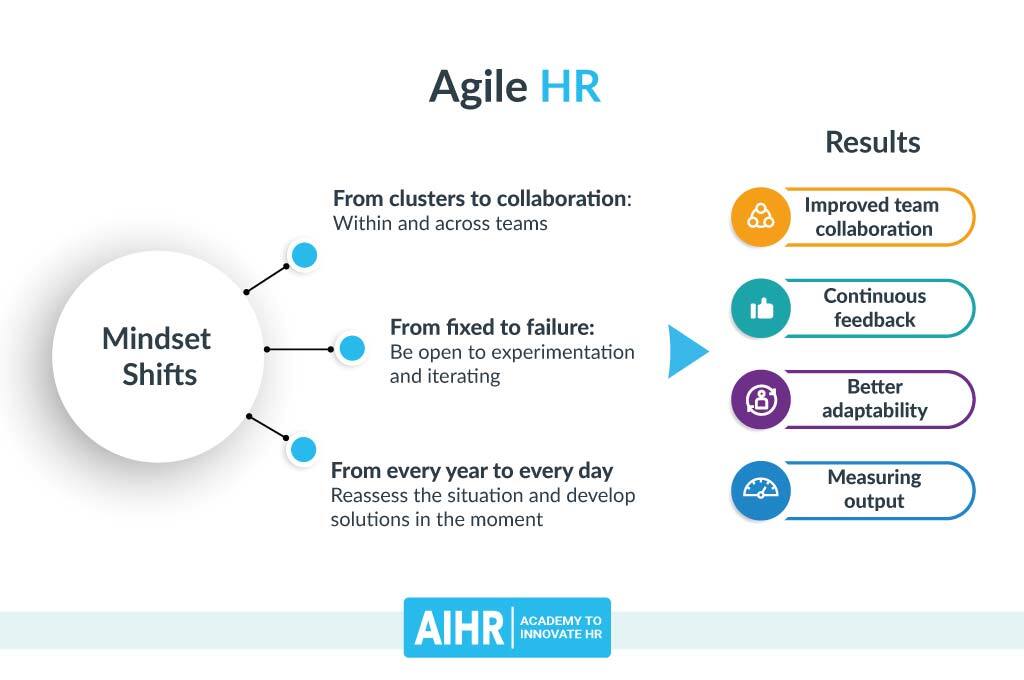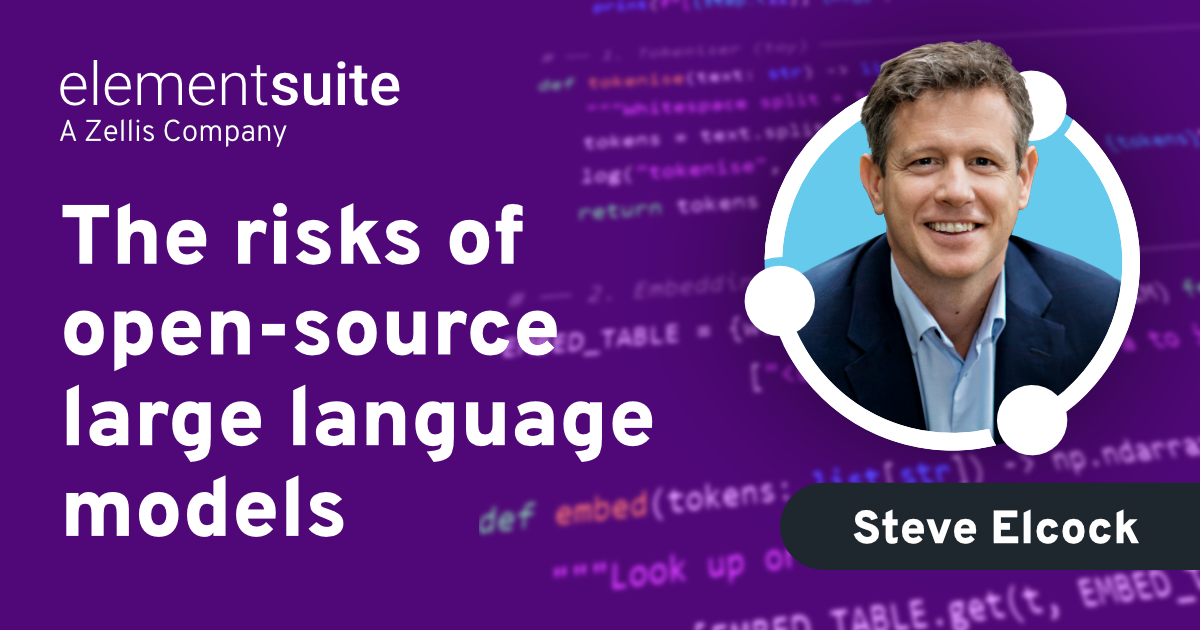How can HR deliver agility and resilience across the business? When we think of agility we often think of technology. HR technology is the human enabler for delivering a robust, resilient and agile organisation both today and into the future. Whatever that future might be!
As HR pivots to successfully navigate constant change, deliver more flexible and dynamic workplaces the structure and process that underpin both HR and the organisation must change too. Activating agility can be tough as people leaders adjust to new regulations, changing attitudes and new flexible ways of working. HR are laying the foundation for HR agility.
What is HR agility?
Businesses and business leaders like to think of themselves as being agile, but for many realising organisational agility is still very illusive. Agility has become an even more popular buzzword, but what does it mean in the context of HR, people management and human resources? HR agility means the ability and capability of moving quickly, being responsive, being nimble and proactive effectively manage disruption and change. Something HR teams have been contending with throughout the pandemic.
We live in a constantly change world, full of disruption, be it political, economic, digital or environmental. In order to effectively manage continuous disruption businesses, need to adapt, to become agile in order to move quickly and easily in response to change. Deliver on agility and you deliver on business survival and business growth. Rather than focusing on policies and new regulations HR needs to lay the foundation for HR agility.
Why is HR agility so important?
To adopt a more agile approach, many organisations are rethinking their current processes, structure and physical environments. Many businesses have done an amazing job at ‘pivoting’ their business as the pandemic closed down most face-to-face environments. And digital became the business priority. Whether this was digital solutions for customers or staff, technology has been the saviour for many businesses.
The pandemic has accelerated digital adoption and digital transformation for many organisations. It’s changed how we work in so many ways, and why its so important to take the next steps to HR agility.
What does agility mean for your business?
For HR this means managing the people function in a way that is fast to respond, nimble, flexible and frictionless for everyone involved. Investing in technology that has been designed to accommodate changes rapidly, provides ‘peace of mind’ to businesses current and future demands. Many businesses were caught out with the legislative changes required to manage furlough payments, simply because their systems and processes were not agile. Many resorting to excel (excel is reckless hell for HR leaders).
It empowers employees and ensures that businesses can always stay ‘one step ahead’ of the competition.
What agile HR might look like
Applying an agile approach to HR might feel like it should sit with IT rather than HR (HR is from mars, IT is from venus), but its just as much about mindset as it is about technology.
Here are a few examples of where businesses can move the dial from traditional to agile:
| Traditional approach | Agile approach – living and breathing |
| Learning and development initiatives are annual or fixed. | Learning and development is consumed ‘in the moment’, when needed. It’s accessible by employees’ mobile devices – when they need it. |
| HR systems are static or developed and updated once every few years. | HR systems continually update automatically, incorporating best practice, legislative changes and new functionality to meet the business needs. |
| Engagement and engagement pulse surveys are annual. | Engagement is an ongoing initiative, delivered in real-time to each and every employee. |
| Performance reviews and appraisals delivered annually. | From ‘coffee chats’ to giving immediate feedback/kudos to, performance reviews and objective setting undertaken as and when needed. |
| Access to personal records requires emails to HR, forms or requests. | Real time access to all HR records from any device, with in-built rules and checks – for compliance peace of mind. |
Benefits of agile HR
With agility comes the ability to respond and act fast. HR software delivers on data too, enabling a more proactive approach in predicting changes, actions and decisions. Data-driven decisions based on real time data enables continuous feedback, and what we all expect now…immediacy.
The benefits of an agile approach to HR include:

This model gives a snapshot of the benefits, which will be achieved across the organisation:
- Early warning system. The ability to predict and act faster.
- Agile communications: Effective communications through simple and targeted methods, that resonate. Responding fast to situations and using technology to communicate in ways that suit your people
- Improved team collaboration: With better communication comes better team work across the organisation. The out come is a more efficient workforce.
- Continuous feedback: Feedback is real-time, and on-time, its consistent and regular, removing annual or seasonal feedback approaches
- Adaptability: the real benefit of agility; the ability to adapt and change more easily
- Improved measurement: greater transparency on the performance of the business and your people. Accurate dashboards and real-time data you can trust
- Operational efficiency: removing legacy approaches paves the way to easier, more streamline approaches. Technology enables higher people performance
- Empowered staff: getting the best from your people, based on their skills, experience and capabilities. Agility drives higher performance
Stay ahead
Contingency plans, business recovery plans and resilience measures enable organisations to recover and adapt. However, you can’t possibly plan for every eventuality. With an agile approach, agile culture and agile HR software (they do exist), you can stay ahead and future-proof your business.
For further reading check out ‘Tech and Talent: the future for HR is agile, adaptive and inclusive‘.







